The Hidden Dangers of Foam Food Containers: What You Need to Know
Did you know that Americans throw away about 25 billion foam food containers every year? That’s enough to fill the Empire State Building 18 times! You may have seen these containers in your favorite fast food or take-out restaurants, or in the frozen food aisle of your supermarket. They are white, light, and cheap, and they keep your food hot and fresh.
Foam food containers are more popular than ever, as the pandemic has changed our eating and working habits. Many people choose food delivery, take-out, or frozen foods that come in foam containers. Almost 200 million Americans used disposable food containers in 2020. And the global disposable food container market is projected to grow about 5% yearly for the next 10 years. These containers are convenient and fast. But do you know what they are made of, and what they can do to your health and the environment?
Continue reading to discover the hidden dangers of foam food containers for your health and the environment, and why you should avoid using them as much as possible. Then you will be able to make better choices for yourself and the planet.
Este artículo también está disponible en Español
The Shocking Truth Behind Foam Food Containers: How They Are Made
You may think that foam food containers are just air and plastic, but they are actually made from a complex and dangerous process that involves oil or gas, chemicals, and heat. The main ingredient of foam food containers is polystyrene, which is a type of plastic that is made from styrene monomer.
Styrene monomer is a liquid that comes from petroleum or natural gas, and it is highly flammable and toxic. To make polystyrene, styrene monomer is mixed with other chemicals, such as benzene, and heated to high temperatures. This causes a chemical reaction that turns the liquid into solid beads or pellets. These beads or pellets are then melted and injected with air or other gases, such as pentane, to create foam.
The foam is then molded into different shapes and sizes, depending on the type of container that is needed. Sometimes, colorants or other additives are also added to the foam to make it more attractive or durable. However, these additives can also be harmful to our health and the environment. For example, some foam food containers may contain parabens, which are preservatives that can disrupt our hormones, or phthalates, which are plasticizers that can cause birth defects.
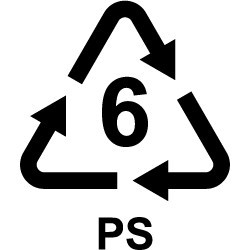
The Toxic Ingredients Inside Foam Food Containers: What They Contain
You may think that foam food containers are harmless and inert, but they are actually made of materials and components that can be toxic and harmful to you and the environment. The main material that is used for foam food containers is polystyrene, which is a type of plastic that is made from styrene monomer.
Polystyrene can be either solid or foamed, depending on how much air or gas is injected into it during production. Solid polystyrene is hard and clear, and it is used for things like plastic cutlery, cups, or CD cases. Foamed polystyrene is soft and white, and it is used for things like foam food containers, egg cartons, or packing peanuts.
However, both types of polystyrene have some problems. For example, polystyrene can leach styrene into food or drinks, especially if they are hot or acidic. Styrene is a chemical that can cause nausea, headache, fatigue, eye irritation, respiratory problems, and even cancer. Polystyrene can also release toxic fumes if burned or heated in a microwave or oven. These fumes can damage the lungs and nervous system.
In addition to polystyrene, foam food containers may also contain other materials or components that can be harmful to our health and the environment. Some of these materials or components are:
Parabens
Parabens are preservatives that are added to some foam food containers to prevent mold and bacteria growth. However, parabens can also disrupt our hormones, especially estrogen. This can lead to reproductive problems, developmental disorders, obesity, diabetes, and cancer.
Read our Related Post:
Parabens: The Hidden Danger in Your Personal Care Products
Parabens are preservatives in cosmetics, but they can harm your health. Parabens can disrupt your hormones and increase the risk of cancer and infertility. You need to know how to avoid them. Read more to discover the reasons and tips to go paraben-free and keep your skin and body healthy.
Phthalates
Phthalates are plasticizers that are added to some foam food containers to make them more flexible and durable. However, phthalates can also interfere with our hormones, especially testosterone. This can cause birth defects, infertility, low sperm count, and cancer.
BPA
BPA stands for bisphenol A, which is a chemical that is used to make some types of plastic. BPA can also leach into food or drinks from some foam food containers, especially if they have a triangle with a number 7 inside on their bottom. BPA can also affect our hormones, especially estrogen. This can cause reproductive problems, developmental disorders, obesity, diabetes, and cancer.
PFAS
PFAS stands for per- and polyfluoroalkyl substances, which are chemicals that are used to make some foam food containers water- and grease-resistant. However, PFAS can also contaminate our water and soil when we throw away these containers. PFAS can also accumulate in our body and cause problems such as high cholesterol, thyroid disease, liver damage, immune system disorders, and cancer.
READ OUR RELATED POST:
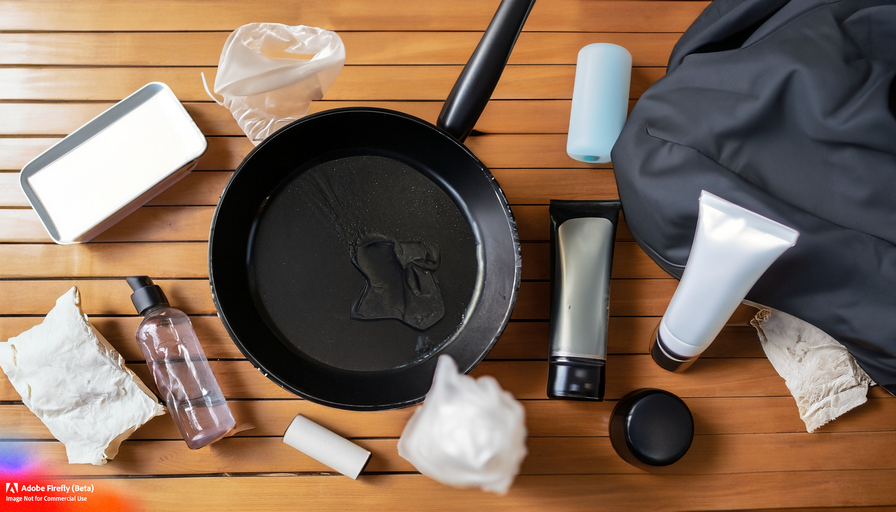
How to Detoxify from PFAS: The Hidden Chemicals that Harm Your Health
PFAS are harmful chemicals that can harm your health. They are found in many products, including children’s items. To detoxify from PFAS, you need to avoid exposure and use natural methods to support your body’s elimination system. Click Here to learn more about PFAS:
Other plastics and harmful materials
Some foam food containers may also contain other types of plastics or harmful materials that can leach into food or drinks or release toxic fumes when heated or burned. Some examples are polyvinyl chloride (PVC), polyethylene terephthalate (PET), polycarbonate (PC), polypropylene (PP), polyurethane (PU), acrylonitrile butadiene styrene (ABS), nylon, latex, fiberglass, asbestos, or lead. These materials or components can cause various health problems such as allergies, asthma, skin irritation, kidney damage, nerve damage, brain damage, or cancer.
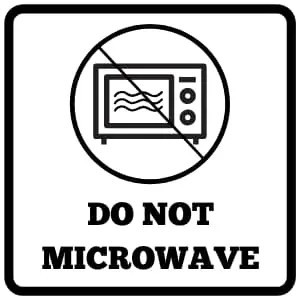
The Serious Risks of Foam Food Containers for Your Health: How They Affect You
You may think that foam food containers are safe and convenient, but they are actually putting your health at risk every time you use them. Foam food containers can affect your health in many ways, such as:
Leaching chemicals into food or drinks
Foam food containers can leach styrene and other chemicals into your food or drinks, especially if they are hot or acidic. Styrene is a chemical that can cause nausea, headache, fatigue, eye irritation, respiratory problems, and even cancer.
Other chemicals that can leach from foam food containers include parabens, phthalates, BPA, PFAS, and other plastics or harmful materials. These chemicals can disrupt your hormones, damage your organs, affect your metabolism, and increase your risk of various diseases.
Harboring bacteria and germs
Foam food containers can harbor bacteria and germs if you do not clean them properly after use, or if you reuse them later and not throw them away immediately. Bacteria and germs can grow on the surface or inside the pores of the foam, and they can contaminate your food or drinks. This can cause food poisoning or infections, such as diarrhea, vomiting, fever, or stomach pain.
Releasing toxic fumes
Foam food containers can release toxic fumes if you heat them in a microwave or oven, or if you burn them in a fire. These fumes can contain styrene and other chemicals that can damage your lungs and nervous system. They can also irritate your eyes, nose, throat, and skin. Some of these fumes can be carcinogenic, meaning that they can cause cancer.
As you can see, foam food containers are not as safe as they seem. They can expose you to many harmful substances that can affect your health in the short term and the long term. Therefore, you should avoid using foam food containers as much as possible, and choose safer alternatives for your food packaging needs.
The Ugly Truth About Foam Food Containers: How They Impact the Environment
You may think that foam food containers are harmless and disposable, but they are actually causing a lot of damage to the environment every time you throw them away. Foam food containers impact the environment in many ways, such as:
Taking up space in landfills
Foam food containers take hundreds of years to decompose in landfills, where they occupy a lot of space and waste valuable resources. According to the Environmental Protection Agency, foam food containers account for about 25% of the total volume of landfill waste in the United States. This means that foam food containers are taking up space that could be used for other purposes, such as agriculture, recreation, or housing.
Releasing greenhouse gases
Foam food containers release greenhouse gases such as methane and carbon dioxide when they decompose in landfills or when they are burned in incinerators. These gases may affect the weather patterns, sea levels, and biodiversity of the planet. According to a study by the University of California, foam food containers emit about 0.18 kilograms of carbon dioxide equivalent per kilogram of waste. This means that foam food containers are adding to the carbon footprint of our society and increasing the greenhouse effect.
Ending up in oceans and waterways
Foam food containers often end up in oceans and waterways, where they break down into microplastics that are ingested by marine animals and birds. These microplastics can cause injury, starvation, and death to these animals, as well as transfer chemicals and toxins into their bodies.
According to a report by the World Wildlife Fund, foam food containers are one of the most common items found in beach cleanups around the world. This means that foam food containers are polluting our water sources and harming our aquatic life.
As you can see, foam food containers are not as harmless as they seem. They have a negative impact on the environment due to their low biodegradability and high volume. Therefore, you should avoid using foam food containers as much as possible, and choose more sustainable and eco-friendly alternatives for your food packaging needs.
The Better Alternatives to Foam Food Containers: How to Avoid Them
You may think that foam food containers are convenient and cheap, but they are actually costing you and the planet a lot more than you realize. Foam food containers are harmful to your health and the environment, and they are not worth the risk. Therefore, you should avoid using foam food containers as much as possible, and choose healthier and greener alternatives for your food packaging needs. Here are some tips on how to do that:
- Bring your own reusable containers or bags when ordering food from restaurants or buying groceries. You can use glass, ceramic, stainless steel, or silicone containers or dishes that are safe and durable for storing or heating food. You can also use cloth, paper, or canvas bags that are washable and reusable for carrying your food. This way, you can reduce your waste and save money on disposable packaging.
- Choose fresh, organic, or homemade foods over processed, frozen, or packaged foods. You can buy fresh fruits, vegetables, meats, dairy products, or grains from local farmer’s markets or organic stores. You can also cook your own meals at home or the office, using natural ingredients and spices. This way, you can avoid the chemicals and additives that are found in processed foods, and enjoy the taste and nutrition of real food.
- Support businesses or initiatives that use biodegradable or compostable packaging materials, such as paper, cardboard, bamboo, or cornstarch. You can look for restaurants or stores that use these types of packaging materials for their food products, or you can ask them to switch to them if they don’t. You can also support organizations or campaigns that promote the use of these types of packaging materials, or that educate the public about their benefits. This way, you can help the environment by reducing the plastic pollution problem and creating more natural resources.
As you can see, there are many ways to avoid foam food containers and choose better alternatives for your food packaging needs. By following these tips, you can protect your health and the environment from the dangers of foam food containers, and enjoy a healthier and greener lifestyle.
Conclusion
Foam food containers are also known as polystyrene or Styrofoam containers. They are a type of plastic that is made from oil or gas. They have many chemicals and additives in them that can be harmful to you and the planet. Some of these chemicals can leak into your food, especially if it is hot or acidic. Others can get into the air or water when you heat them up or throw them away.
These chemicals can cause many problems for your body, such as headaches, nausea, allergies, infections, hormone imbalances, and even cancer. They can also harm the animals and plants that live in the land and sea, by choking them, poisoning them, or changing their habitats.
Therefore, you should avoid using foam food containers as much as possible and choose healthier and greener alternatives for your food packaging needs. This way, you can make a positive difference for yourself and the planet.
I hope you enjoyed reading this blog post and learned something new. If you did, please share it with your friends and family, and leave a comment below. Thank you for your attention!
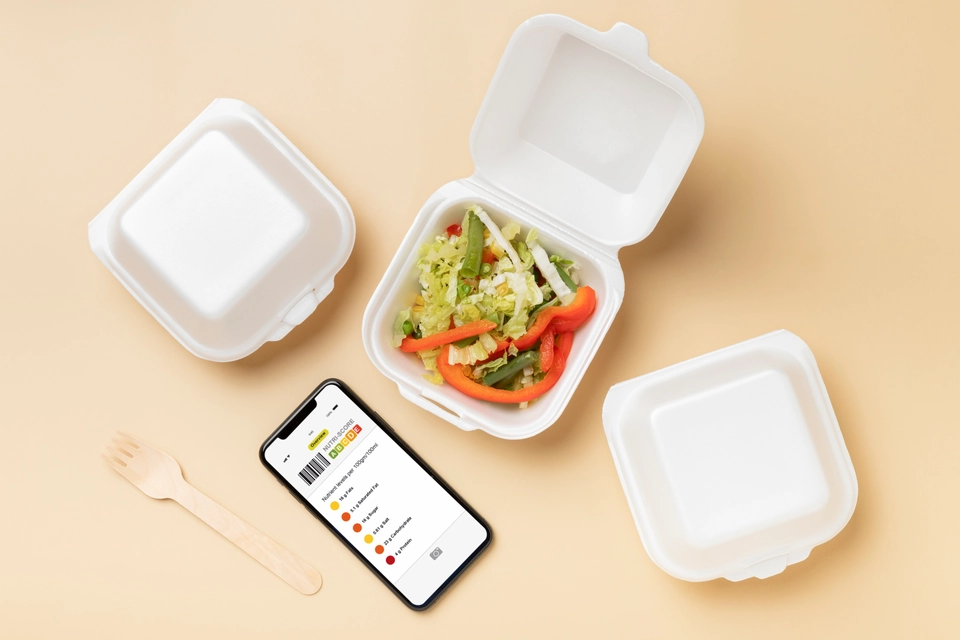

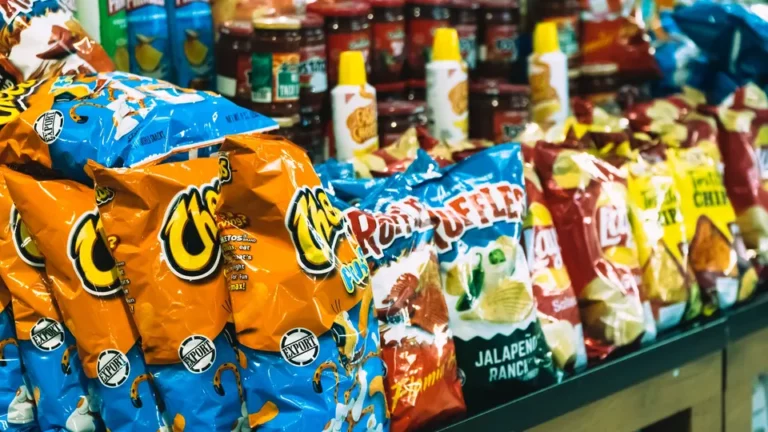
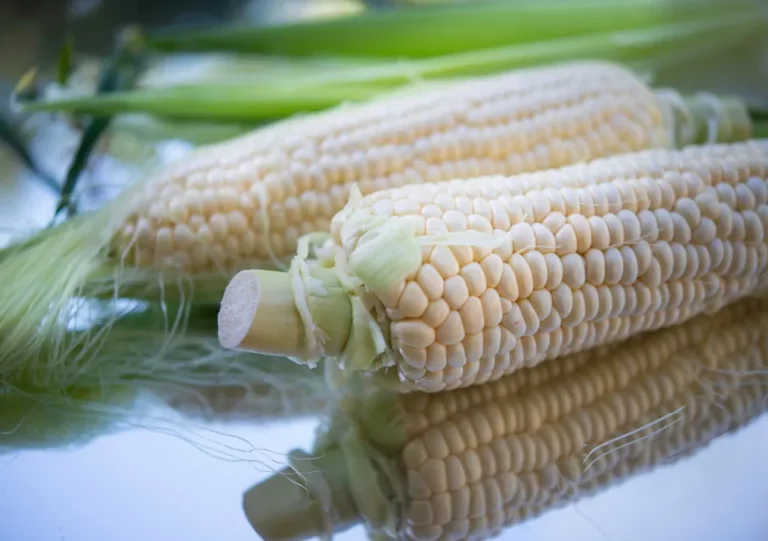

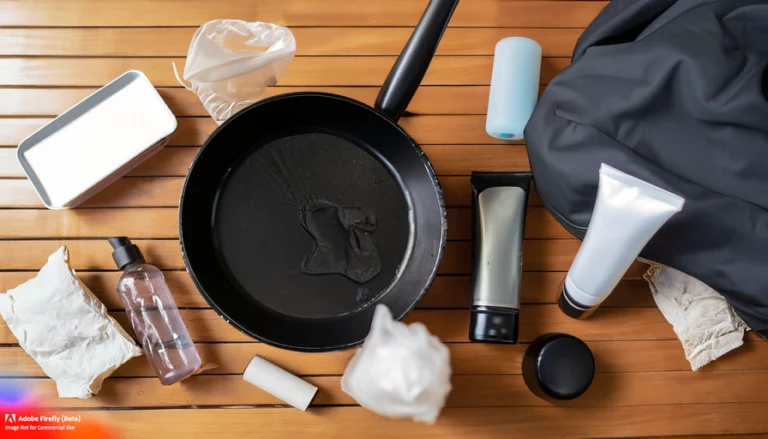

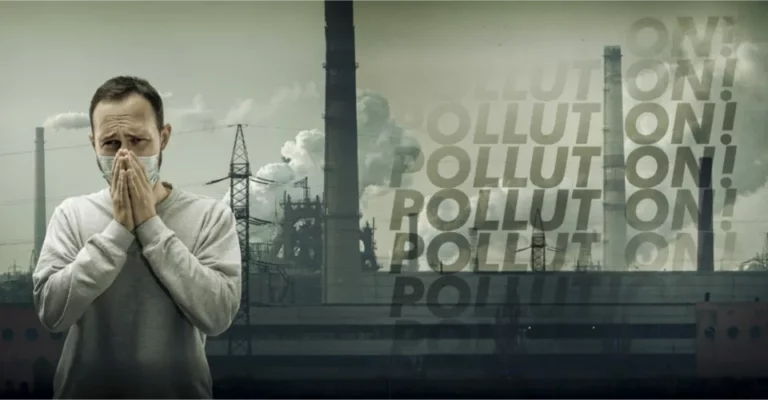
Hey ,
The hidden dangers of foam food containers are deeply concerning. Not only do they contribute significantly to environmental pollution, taking years to decompose and harming marine life, but they also pose potential health risks due to chemical leaching.
In my opinion, it’s imperative for individuals and businesses alike to transition towards eco-friendly alternatives.
Choosing sustainable options like biodegradable or reusable containers can significantly reduce our environmental impact and promote better health outcomes. By making conscious choices, we can contribute to a healthier planet and safeguard our well-being in the process.
Hi Jake, thank you for your thoughtful comment. I appreciate your concern about the hidden dangers of foam food containers and your opinion on the need for Eco-friendly alternatives.
You are right that individuals and businesses are responsible for transitioning towards sustainable options. Biodegradable or reusable containers have many benefits, such as reducing waste, protecting wildlife, and supporting local farmers. By making conscious choices, we can contribute to a healthier planet and safeguard our well-being in the process.
Thank you interest in this topic and for sharing your thoughts. If you have any questions or feedback, please let me know. I would love to hear from you.